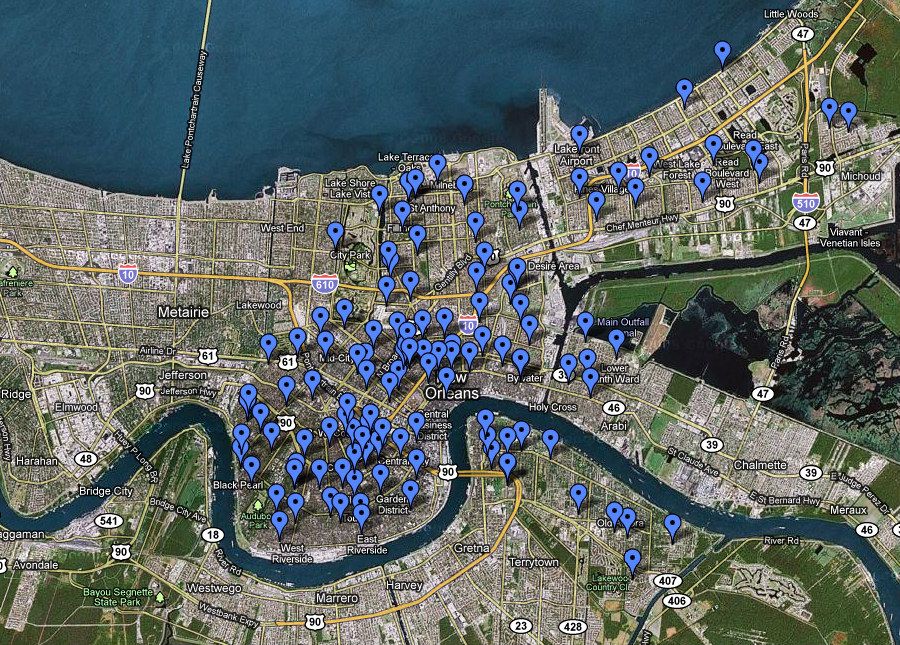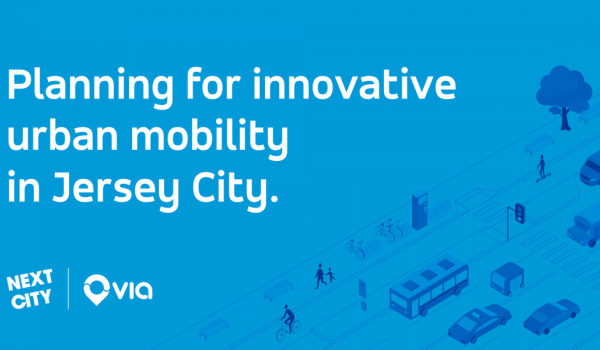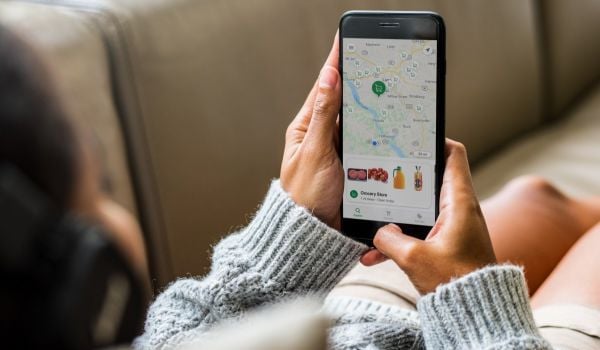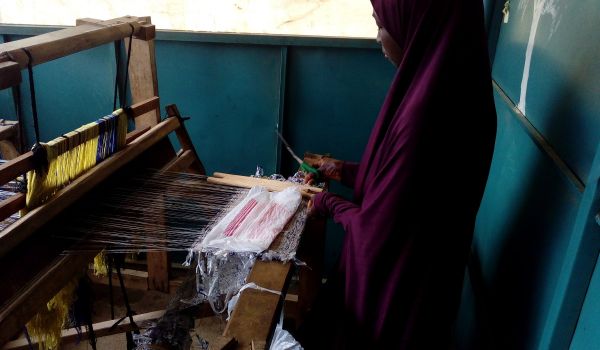Just as Internet and mobile technology can help local governments make their data available and accessible to the public, it can also help cities (and anyone else really) collect timely and accurate data more easily. And given that many community planning and economic development initiatives involve lots of data collection, there’s no lack of need for easier ways to gather information about a city or neighborhood.
One particular useful online tool for doing just this is called EpiCollect, which provides a basic but very functional framework for developing mobile-phone enabled data collection projects. The application, which runs on the Google App Engine, features an easy-to-use online form builder to create a custom data collect form – just drag and drop. Once created, a form can be deployed via the EpiCollect mobile application – which is available for the iPhone and Android powered devices. Form data along with photos and location metadata can then be collected by anyone with access to the project, and submitted to a centralized hosted database. Submitted data can then be downloaded (in XML or CSV format) or viewed with Google Earth or Google Maps.
Best of all, EpiCollect is free – which is great when you consider developing a custom mobile phone enabled data collection tool would probably cost tens of thousands of dollars.
Don’t have access to a team of people with fancy internet enabled smart phones? SMS technology offers a low-tech alternative method of mobile data collection. Several open source frameworks have been developed to work with the Drupal content management system (see this presentation from DrupalCon 2009). And tools like TextMarks provide a SMS gateway API for those more technically inclined.
Outside of mobile phones, more basic tools like Google Maps’ Collaborate feature and applications like WuFoo make gathering location data and creating survey forms pretty easy for even the non-technically inclined.
What’s great about using these tools for data collection is that they also generally make it easier to then share data with the public (along actually making it easier to gather).
















